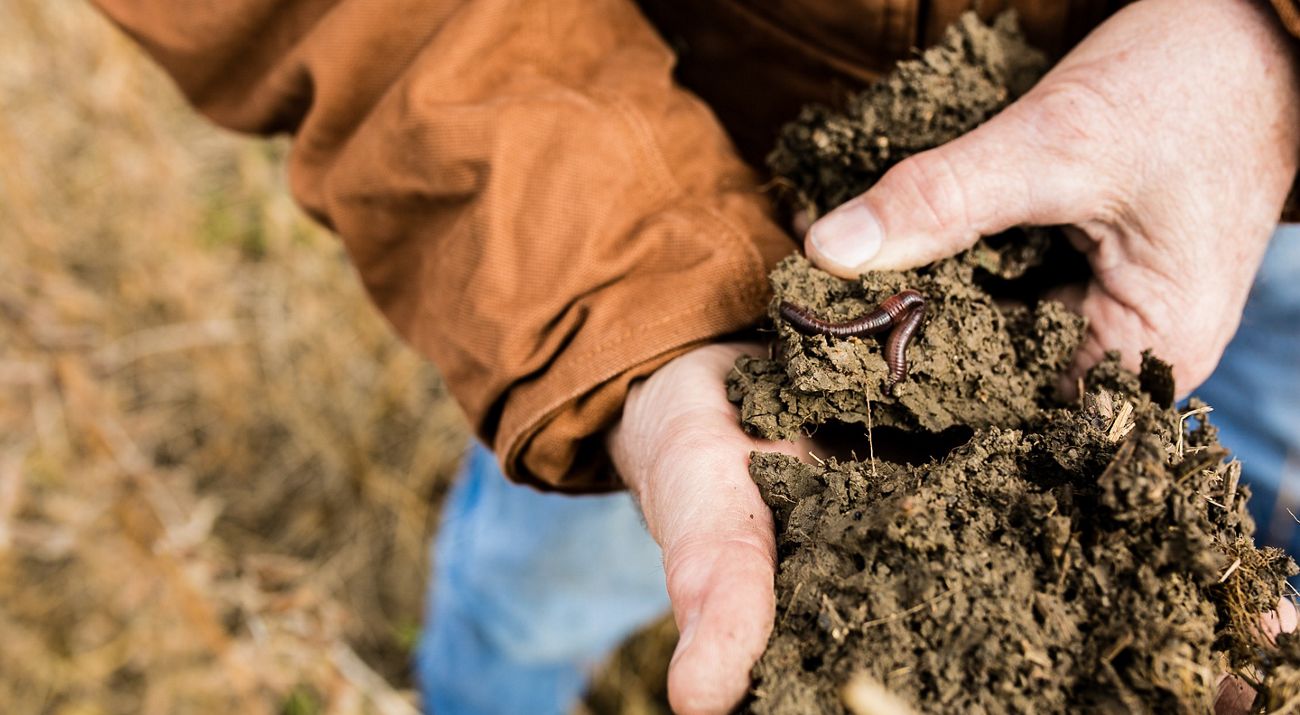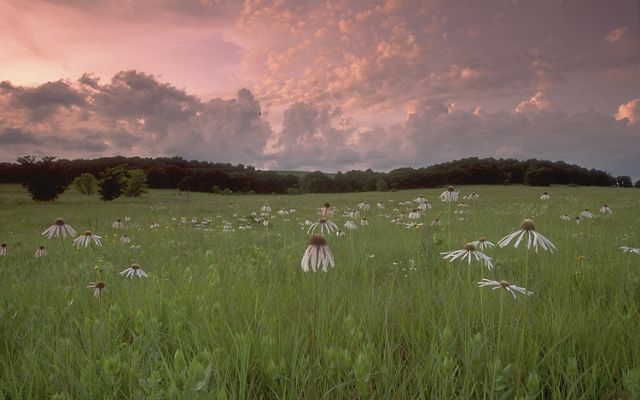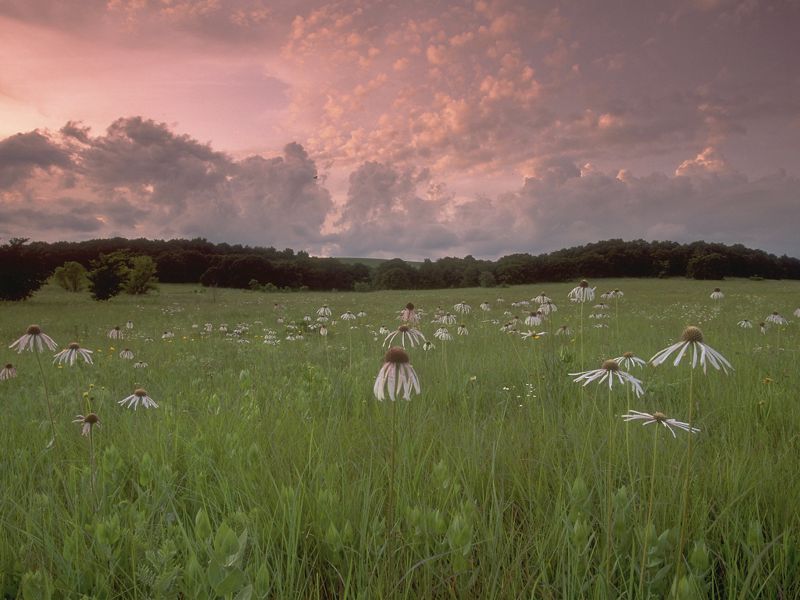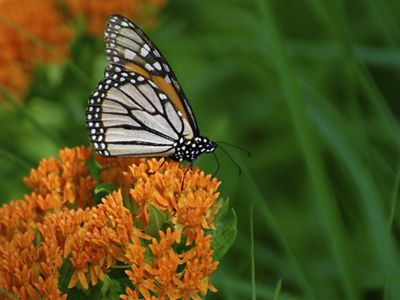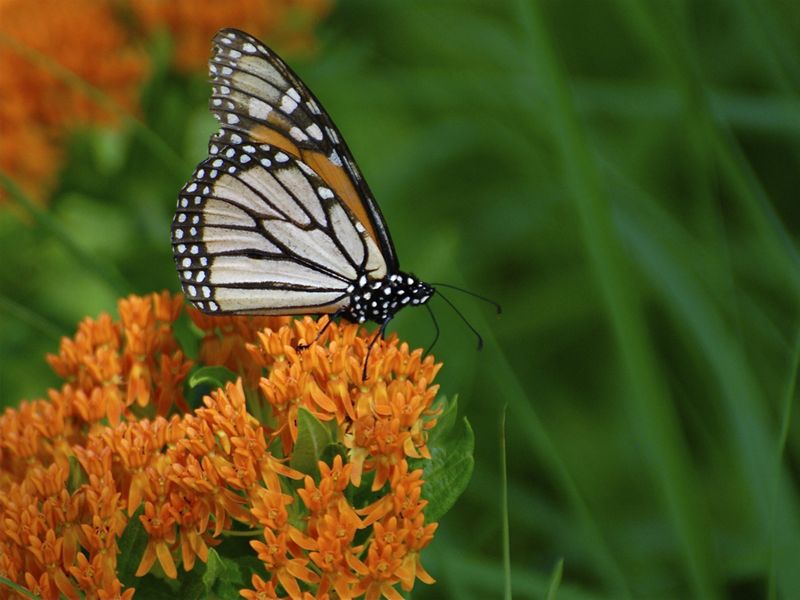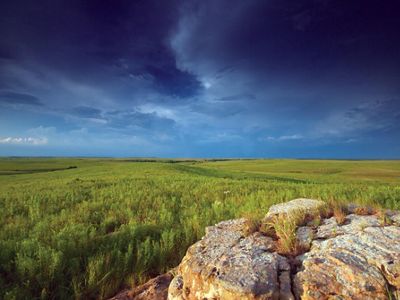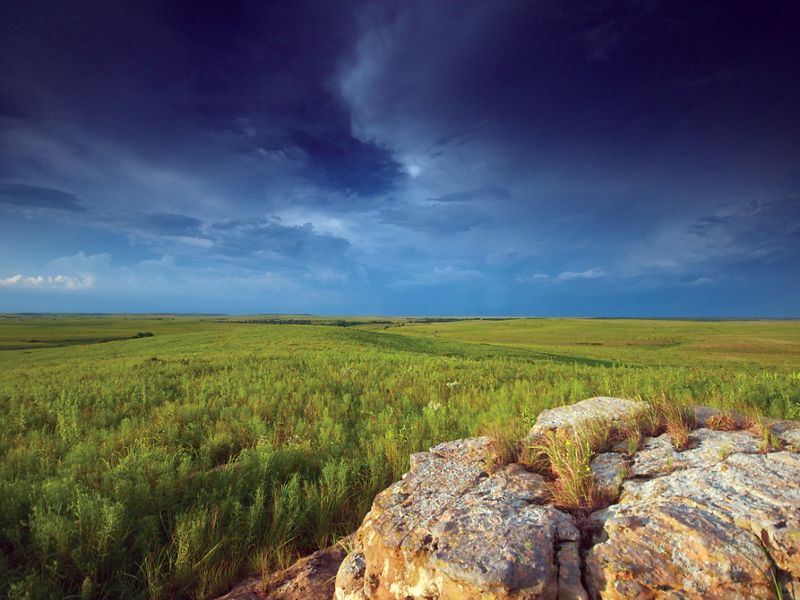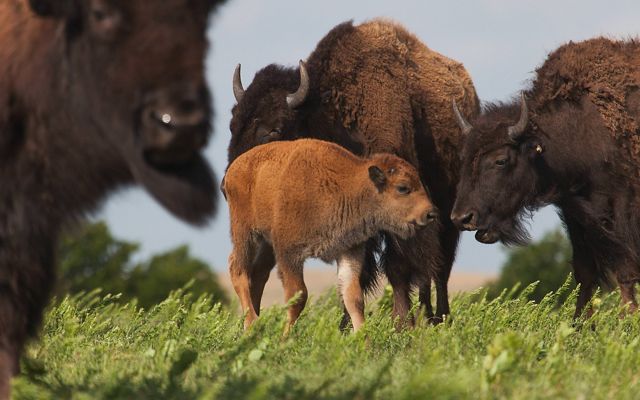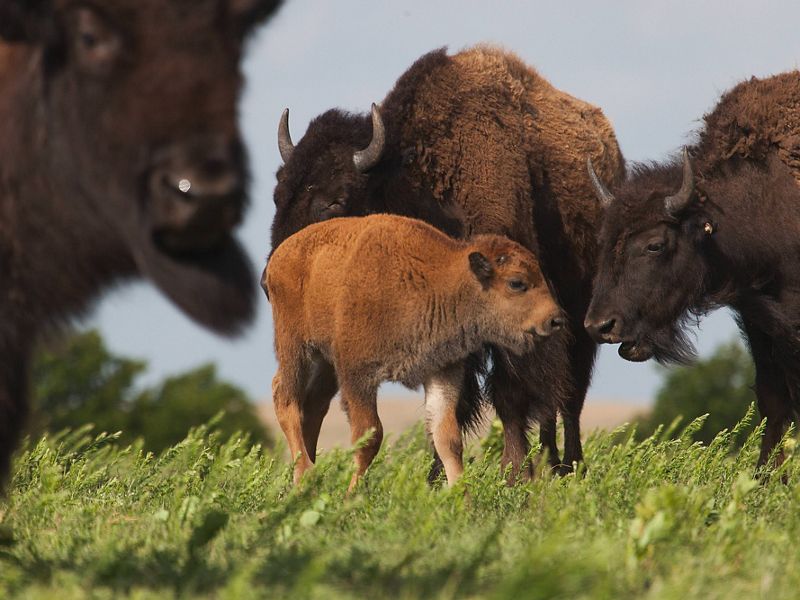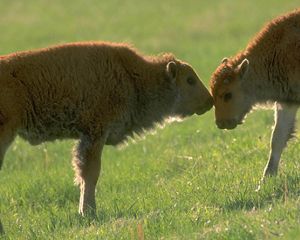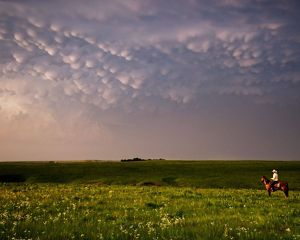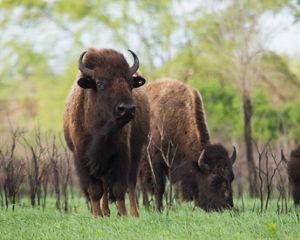The Answers Are in the Soil
How one scientist is determining the effects of climate change in Oklahoma.
Originally Published in Sooner Magazine Fall 2019
What Exactly is Climate Change?
Defined broadly, it is a change in climate patterns resulting from increased levels of carbon dioxide that enter the atmosphere primarily through burning fossil fuels, solid waste, trees and other biological materials. Carbon dioxide is removed from the atmosphere when it is absorbed by plants as part of the biological carbon cycle.
Where there are plants, of course, there is soil. And soil is home to microscopic life that is vulnerable to the effects of climate change.
According to NASA data 97% of climate scientists now believe that climate change is real. After decades of research, discussion, denial and hyperbole, scientists also agree that it is global, destructive and accelerating. Left unchecked, it could be catastrophic.
Climate Change Research in Oklahoma
That’s where Jizhong Zhou, director of the Institute for Environmental Genomics and George Lynn Cross Research Professor of Microbiology and Plant Biology at the University of Oklahoma, enters the conversation.
Zhou leads an international research team that studies the effects of climate change in the plant world, specifically in the soil of the tallgrass prairie. Oklahoma is one of 14 states still home to this complex ecosystem that once covered 240 million acres of America. Only 1% to 4% of the original tallgrass prairies exist today.
Zhou’s most recent findings are the first to demonstrate that climate change plays an important role in accelerating time-related turnover rates of soil bacterial and fungal communities, which are critical for predicting ecological consequences of climate trends. The study was published in the April 2019 issue of Nature.
What the Soil Can Tell Us
Zhou explains that soil microorganisms may amplify the impacts of climate change by releasing greenhouse gases, which include carbon dioxide, into the atmosphere. However, if the microorganism communities are surveyed only at single time points, researchers can miss the big picture.
“Microbial communities exert crucial controls on terrestrial carbon cycling,” he states. “But they are very complex in structure and sensitive to changes in environmental conditions, so information obtained from a single time point provides only a snapshot of the microbial community.”
That, he says, would be like trying to predict the destination of a traveling vehicle using only its current speed and direction. You may have a good predictor in some situations, but that information could be misleading.
How It Works
For the past six years, Zhou and his colleagues have painstakingly and patiently surveyed these microbial communities at OU’s Kessler Atmospheric and Ecological Field Station, a 360-acre environmental research and education facility about 17 miles southwest of the Norman campus.
There, they investigate a set of experimental warming plots of tallgrass prairie that are designed for examining soil ecosystem responses to altered temperature and precipitation, as well as simulated grassland grazing and harvesting methods. The samples that Zhou’s team archives each autumn reveal the long-term responses of the soil microbial communities to climate changes.
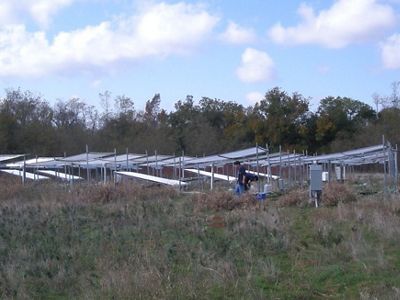
Picture a small plot being probed time after time to excise soil samples. The plot will eventually look like Swiss cheese, with too many holes to represent a natural soil ecosystem. To overcome this challenge, Zhou and his colleagues use a small soil sampler and map every sample event. After sampling, they backfill the holes with soil from outside the field site.
The soil samples cultivated at the Kessler Station are transported to Zhou’s OU laboratory in the Stephenson Research and Technology Center on the University Research Campus. In the lab, the scientists extract DNA from the samples, which they then study and sequence.
What the Research Tells Us
After six years of research, Zhou’s team reported that climate warming promotes time-related changes in soil microbial biodiversity. Plant composition changes. Invasive species become more prevalent and original species become scarcer. The plant communities themselves change more quickly. All of this suggests that soil biodiversity preservation and ecosystem management strategies may need to be adjusted in a warmer world.
Bob Hamilton, the longtime director of The Nature Conversancy’s Joseph H. Williams Tallgrass Prairie Preserve in Osage County, Okla., calls Zhou’s research the underground equivalent of renowned scientist and environmentalist Jacques Cousteau’s exploration of oceans.
“Cousteau brought the previously unexplored part of the planet to the public’s attention,” Hamilton relates. ”The underground systems Dr. Zhou studies are the unknown world to most of us today. He is opening doors to understanding how those ecosystems function and how they might be altered with climate change.”
That’s crucial for Hamilton and others dedicated to preserving native grasslands and plant communities above the ground. “Dr. Zhou’s contributions to understanding the underground systems will be invaluable because ecology under the ground controls ecology above the ground,” he says.
Quote: Bob Hamilton
The amount of underground life surpasses what we see above ground. The real action is under the ground. The more we learn about it, the smarter we can be about protecting and maintaining our ecosystems long term.
The tallgrass prairie is an ideal environment for Zhou’s research because the fast-growing grass is abundant across the Great Plains, where it is a primary food source for such mobile animals as bison, elk and deer. As Zhou and his colleagues create mathematical models based on their Kessler Station results, they potentially can extrapolate them for application at other tallgrass sites across the Great Plains that have similar soil ecosystems.
Planning for the Future
Like Cousteau, Zhou plans to keep at it for years to come. He believes that time-series studies are crucial for evaluating long-term responses of microbial communities to climate change under highly variable environmental conditions.
“We will continue maintaining this experimental site and collecting annual soil samples, hopefully for several more decades,” he declares. “We still don’t know the end result, but if the data we have so far can speak for the future, we can say that more warming will result in much faster changes in plant species themselves and how they interact with each other.”
Hamilton and The Nature Conservancy expect to make good use of that data. “We are exploring long-term strategies to protect biosystems by projecting out under climate change which landscapes will be stable and which will be unstable. We are trying to understand how we can manage biosystems in the future,” Hamilton says. “Dr. Zhou’s work feeds into that kind of knowledge.”
Stand Up for Nature
Donate TodayThat brings us back, once again, to the soil and its pivotal role in understanding and combating climate change to avoid its potentially devastating consequences.
A report released in August 2019 by the Intergovernmental Panel on Climate Change, an international group of scientists convened by the United Nations, warned that the exploitation of the world’s water and land resources, together with climate change, is putting pressure on the ability of humanity to feed itself. The report, which was prepared by more than 100 experts from 52 countries, pointed out that a half billion people already live in places that are turning into desert and that soil is being lost between 10 and 100 times faster than it is forming.
Zhou and his colleagues are collecting data that could determine the health of the tallgrass prairie—and all living things that call it home—one soil sample at a time.
